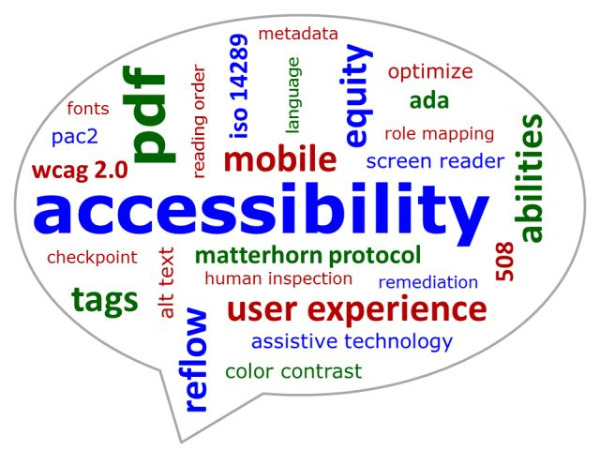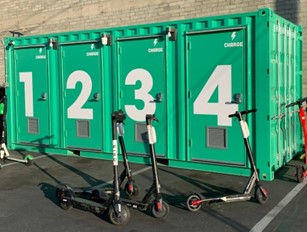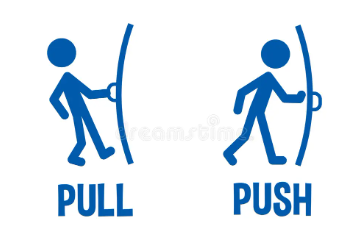Rethinking Accessible Courses
 When I was working full-time as an instructional designer, I became very concerned with making courses (especially online courses) accessible. In the early days of this century, very often the college I worked at was quite focused on making accommodations for students with special needs. That was a quick fix but not a sustainable approach.
When I was working full-time as an instructional designer, I became very concerned with making courses (especially online courses) accessible. In the early days of this century, very often the college I worked at was quite focused on making accommodations for students with special needs. That was a quick fix but not a sustainable approach.
Retrofitting online courses became part of my department's purview. Our instructional design thinking believed that access(ible) are more than making accommodations. We knew that courses that were accessible for students who had particular needs were also courses that ate probably more accessible for all the other students too. There were so many small examples of things we did. It turned out to be useful to all the students in the course.
One semester now 20 years ago, I decided to provide audio files of my short online lectures and of explanatory talk about some of the more complicated assignments. Some students told me that they would listen to them while driving in the car, or commuting on the train, or on their walks with their dogs. Most of these audio files were taken from videos that I had made often with accompanying PowerPoint slides. So the visual was lost but we all know that a good number of PowerPoint slides used for lecture or text, so not all of the visual content was needed.
The fact that students use them this way, not only convinced me to continue the practice but made me rethink what I was putting in those slides. Perhaps the truly visual presentations needed to be truly visual and not offered as audio files so that students would have to sit down and view the video version. I was rethinking my use of visuals overall.
 Micromobility refers to a range of small, lightweight vehicles operating at speeds typically below 25 km/h (15 mph) and driven by users personally. Micromobility devices include bicycles, e-bikes, electric scooters, electric skateboards, shared bicycle fleets, and electric pedal-assisted (pedelec) bicycles, and even hoverboards. The term "micromobility" was originally coined by Horace Dediu in 2017.
Micromobility refers to a range of small, lightweight vehicles operating at speeds typically below 25 km/h (15 mph) and driven by users personally. Micromobility devices include bicycles, e-bikes, electric scooters, electric skateboards, shared bicycle fleets, and electric pedal-assisted (pedelec) bicycles, and even hoverboards. The term "micromobility" was originally coined by Horace Dediu in 2017.